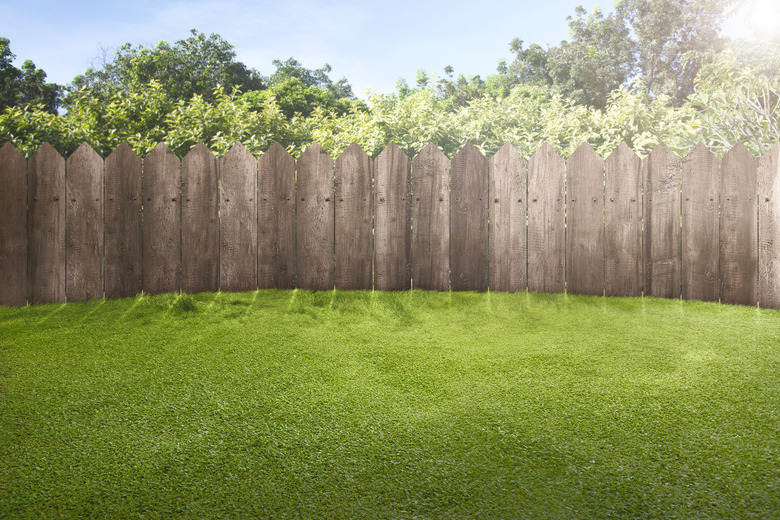The Best Times To Put Down Scotts WinterGuard
A lawn is a living thing that requires maintenance as the seasons change. Using the correct grass seed at the right time will get you the best results for a lush expanse of lawn year round. A quality winter weed and feed gives a good dose of much-needed nutrients to a lawn lacking in sunlight and suffering from harsh weather conditions. But you'll only want to apply a winterizing fertilizer in fall to cool-season grasses. Warm-season grasses can be overstimulated and damaged by applying fertilizer late in the season when they're trying to go dormant.
Why and When to Winterize Your Lawn
Why and When to Winterize Your Lawn
Experts recommend that you fertilize established cool-season turfgrasses in fall with the following recipe:
- 3 parts nitrogen
- 1 part potassium
The winterizing fertilizer should have a slow-release form of nitrogen for the best results. Scotts fall weed and feed meets this recommended mix.
What’s in a Lawn Winterizer?
What's in a Lawn Winterizer?
A good bag of winterizing fertilizer for the cool-season lawn contains one essential ingredient. It should be high in potassium. This can be labeled as "K" in the list of ingredients. It should be in the top three on the list of ingredients.
The other important ingredients that a cool-season lawn utilizes in the dead of winter are nitrogen and phosphorous.
- Potassium – This helps the plant to better absorb nutrients
and to handle the colder temperatures and subsequent stress that harsh weather
brings to the tender green grasses of your lawn. It works to strengthen and harden
plants at the cellular level. It works from the roots to the tip of the blades. - Nitrogen – A standard nutrient for lawns, nitrogen promotes
stem and leaf growth during winter months. Nitrogen is required in order for
your lawn to grow rich, thick and a lovely shade of vigorous green. - Phosphorous – The right amount of phosphorous assists the
other two ingredients with the lawn's healthy root growth.
Know Your Numbers
Know Your Numbers
An effective commercial winterizer fertilizer should have higher levels of potassium followed by lower levels of nitrogen compared to the turf-building early season fertilizers that you use in warmer weather on warm-season grasses.
The numbers on the front of the bag are the levels of nitrogen, phosphorus, and potassium, in that order. So, a Scotts WinterGuard bag of fertilizer with the number 32-0-10 is 32 percent nitrogen, 0 percent phosphorus, and 10 percent potassium.
Types of Grass to Winterize
Types of Grass to Winterize
Cool-season grasses such as fescue and bluegrass need a good layer of winterizing fertilizer to create a thick carpet of bright blades that can survive throughout the winter.
Warm-season grasses don't require a winterizer. These include:
- Bermuda
- Centipede
- St. Augustine
- Zoysia
Winter Weed and Feed
Winter Weed and Feed
The right winterizing fertilizer will help the lawn to grow quick and thick with very little coaxing when the level of light is low and the temperatures even lower.
Scott's WinterGuard has a wide coverage and a quick establishment rate for keeping a lawn lush throughout the cold season.
When Winterizing Isn’t Working
When Winterizing Isn't Working
If you have patches that pop up due to harsh weather or pets digging up the already stressed winter lawn, then you can mix in some grass seed with your Scotts winterizer. A sprinkle of Scotts Patch Master Lawn Sun and Shade mix can fill in gaping patches in your winter lawn so you will have a rolling expanse of unbroken green lawn when spring arrives.
The mulch of pelletized paper in the mix keep the little seeds moist and firmly in place as they take root. Don't overseed, or you will run into problems with overfertilizing your lawn. The seed patch in Scotts mix contains nitrogen to assist the little seeds as they grow and blend in with the surrounding blades of grass.
